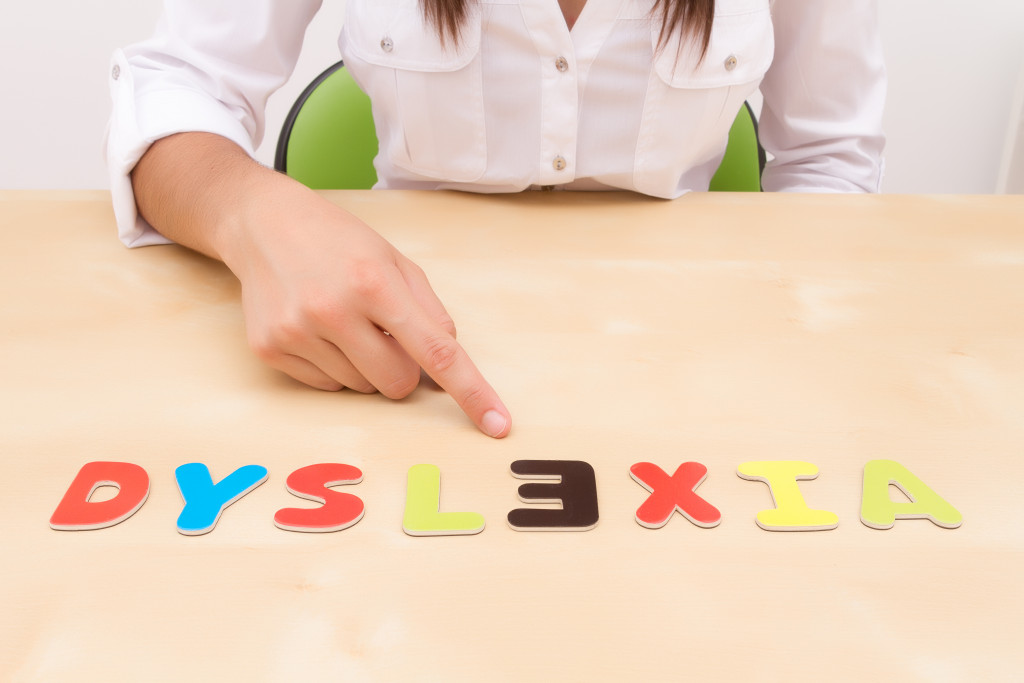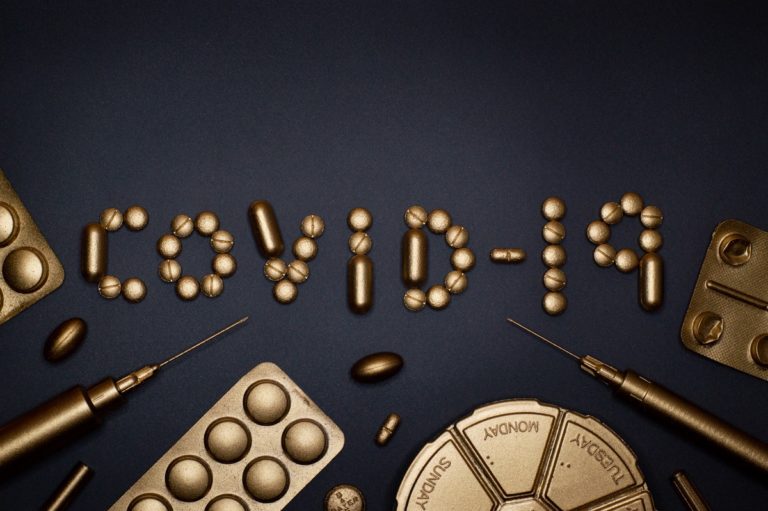Learning disabilities are neurological disorders that make it difficult for children to learn in a traditional educational setting. These disorders can range from ADHD and dyslexia to Asperger’s Syndrome and Tourette’s Syndrome. While some children with learning disabilities can overcome their challenges with the help of special education programs, others may need additional assistance in the form of technology. Here are some ways that technology can help students with learning disabilities succeed in school.
1. Personalized Learning Platforms
One of the advantages of technology is that it allows for personalized learning experiences. Children with learning disabilities often struggle with their peers in a traditional classroom setting. Using a personalized learning platform, children can work at their own pace and review concepts as often as they need to master them.
When selecting a learning platform for a child with a learning disability, it is important to choose one that offers features such as:
- The ability to adjust the difficulty level of the content
- Visual and auditory reinforcement
- Games and other engaging activities
2. Speech-to-Text Software
Speech-to-text software is a valuable tool for children with learning disabilities who have difficulty reading or writing. This type of software allows children to dictate their thoughts and ideas into a computer, which can then be printed out or emailed to their teacher. This can be a great way for children to get their ideas down on paper without struggling with reading or writing.
Several speech-to-text software programs are available, so it is important to find one that is right for your child. Some programs are more accurate than others, so you may want to try a few different ones to see which one works best for your child.
3. Interactive Whiteboards
Interactive whiteboards are a great way to engage children with learning disabilities in the classroom. These boards can be used to display pictures, diagrams, and other visual aids to help children understand concepts. Interactive whiteboards can also be used to play games and create projects. This type of technology can be a great way to involve all students in the learning process.
When choosing an interactive whiteboard, it is important to consider the age and ability of your students. Some boards are more complex than others, so you will want to choose one that is appropriate for your student’s needs.

4. Specialized Educational Apps
Many specialized educational apps can help students with learning disabilities. You can find apps to help with various tasks, including reading, writing, math, and organization. Some apps are even specifically designed for students with dyslexia or ADHD.
When choosing an app, be sure to read reviews and talk to your child’s teacher or therapist to find the best fit. Some apps are free, while others must be purchased. While many apps are available for both iOS and Android devices, some are only available for one or the other.
5. Assistive Technology Devices
Several assistive technology devices can help students with learning disabilities. Some of these devices can be used for basic tasks such as organization and time management, while others can be used for more complex tasks such as reading and writing.
You can find various assistive technology devices on the market, and it is important to consult with a certified assistive technology specialist to determine which devices would be most beneficial for your child. Some common types of assistive technology devices include:
- Organizational tools such as planners and reminder apps
- Time management tools such as alarm clocks and stopwatches
- Reading tools such as text-to-speech software and e-readers
- Writing tools such as spell checkers and voice-to-text software
- Communication tools such as picture boards and augmentative communication devices
What Are Some Treatments for Learning Disabilities?
There is no one-size-fits-all approach to treating learning disabilities. Each child is unique and will require a different type of treatment. For example, some treatments for auditory processing disorder may include sound therapy, special education, and speech therapy.
Some children with learning disabilities may require medication to help them focus and control their impulses. Medication is often used in conjunction with other treatments, such as behavioral therapy. When choosing a medication, working with a doctor specializing in learning disabilities is important.
While there is no cure for learning disabilities, early intervention and specialized services can help children succeed in school and life. Technology can play a vital role in providing children with the resources they need to overcome their challenges and reach their full potential. If you suspect your child has a learning disability, talk to your child’s teacher or doctor about testing and evaluation options. With the right support, your child can thrive both inside and outside the classroom!

















